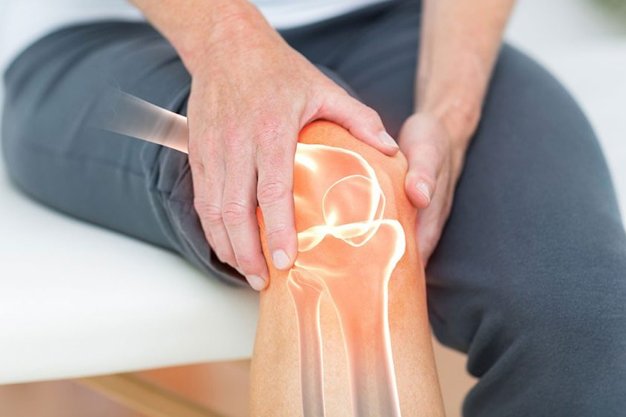
ACL is important ligament of knee which gives anterior stability. ACL is usually injured in twisting injuries of knee, commonly in sports like football, tennis, basketball. Symptoms are pain, swelling, knee joint giving way (instability) during activities. MRI is usually used to diagnose it. X ray is done to look for bony injury/ avulsion fracture.
ACL reconstruction is required in treatment of full thickness ACL tear with instability. Nowadays anatomical ACL reconstruction with hamstring tendon graft is preferred treatment. One or two tendons from hamstring muscles, usually from same side, used to create new ligament. Graft is usually fixed with endobutton (small titanium button) on upper side on femur (thigh bone) and screw or suture disc on lower side in tibia (leg bone). Bio absorbable screws can also be used which dissolve automatically over period of time. Physiotherapy is important part in proper recovery.
- Pain
- Swelling
- Instability – it s feeling of knee giving way or coming out during activities
- Many times it is associated with meniscus or collateral ligament injuries.
- MRI – it’s a investigation of choice in diagnosing ACL tear.
- X ray – Since ACL is soft tissue structure, it is not seen in X- ray. However X ray rules out injury or avulsion.
- Diagnostic arthroscopy – after the easy availability of MRI, role of diagnostic arthroscopy has decreased over years.
ACL reconstruction is required in treatment of full thickness ACL tear with instability.
ACL reconstruction is required if:
- The injury is causing your knee to buckle during everyday activities
- You’re young
- You’re an athlete and want to continue in your sport, especially if the sport involves jumping, cutting or pivoting
- More than one ligament or the meniscus in your knee is injured
Various autologous tissues can be used as graft. Usually one or two hamstring tendons from same side are used as graft. They are usually harvested by a small incision below the knee. Tunnels are made in thigh bone(femur) and leg bone (tibia) using appropriate reamer.
Graft is fixed with small titanium button (endobutton) on thigh bone side. Bio-absorbable screw , metallic screw or metallic disc can be used to fix the graft on leg bone side.
Physiotherapy is important part in recovery. Physiotherapy is usually required before and after surgery.
Can full thickness ACL tear heal?
Full thickness ACL tear usually doesn’t heal back to its original place. It requires surgical reconstruction.
Can I walk with torn ACL?
You can walk with torn ACL but there is possibility of knee opening/giving way (instability) in certain movements.
Is It bad not to treat ACL injury or delay the treatment for ACL tear?
ACL has crucial role in stabilization of knee joint. ACL insufficiency leads to instability in knee joint leading to meniscus at higher risk of damage.
Is ACL surgery a major surgery?
ACL reconstruction is a major surgery where torn ACL is replaced with a new ligament formed by your tendon.
Is surgery needed for partial ACL tear?
It depends on stability of knee joint. If joint is stable non surgical treatment can be considered. If joint is unstable then surgery is required.
How big is a scar for ACL surgery?
Usual scar is of 1-2 inch at upper medial aspect of leg along with 2 key holes at joint line.
